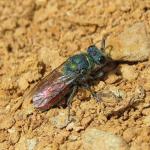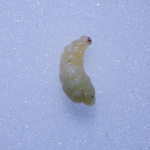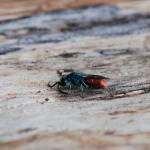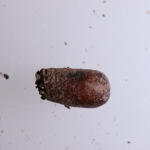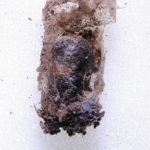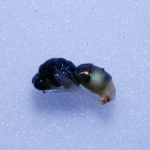Identification keys are given in Morgan (1984). General biology is given in Morgan (1984) and Falk (1991). The latter treats this species as a variety of C. ignita. However, C. ruddii is readily recognised by the small punctures on the second gastral tergite, relative to those on the first tergum, which are of uniform size and dispersion except at the rear of the tergum.
England,Wales, Scotland and the Isle of Man.
Overseas, it occurs in Europe (including Norway, Sweden, Finland, Denmark, The Netherlands, Belgium, Luxembourg, France, Germany, Switzerland, Italy, Poland, Hungary) and Asia Minor.
This species is not regarded as being scarce or threatened. However, the lack of recent records from much of England since 1970 indicates that this species recently has undergone a significant decline, so that its status needs to be reconsidered.The area of decline coincides with that of its host, Ancistrocerus oviventris (see Edwards, M. 1998:55). Such close declines of host and parasite probably indicates that C. ruddii is a true species rather than a variety of C. ignita.
Most records document coastal sites, and soft rock cliffs, limestone undercliff, and shingle banks.
May to September.
Has been found on umbellifers, but there is no specific information.
No specific information found.
2009


